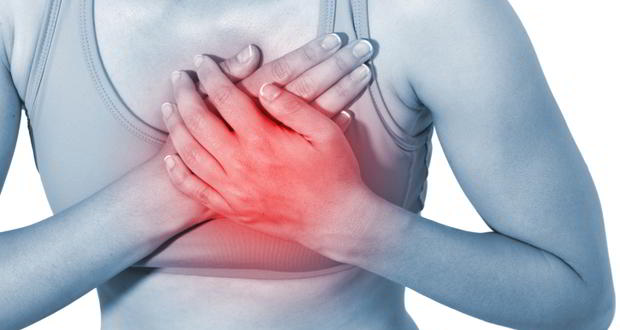Microplastics alter the shape of human lung cells, warn scientists
11/11/2021 / By Zoey Sky

Scientists are determined to figure out the widespread impacts of plastic pollution along with its downstream effects on the environment and human health.
Microplastics are everywhere, and according to one study, these minuscule pieces of plastic can alter human lung cells. The study was conducted by researchers from Florida State University (FSU) and published in the journal Chemical Research in Toxicology.
What are microplastics?
Microplastics refer to plastic debris that is less than five millimeters, or about the size of a sesame seed. Most microplastics are sorted into two categories based on how they form: primary microplastics and secondary microplastics.
Primary microplastics are made for commercial use such as “microbeads” in cosmetics, lotions and toothpaste, or microfibers in textiles or netting. Although the Microbead-Free Waters Act of 2015 prohibits manufacturing microbeads in cosmetic products in America, primary microplastics are still accumulating in the environment.
Secondary microplastics are particles that are broken down from larger plastic products like containers and water bottles, usually through environmental means like erosion. Most secondary microplastics will not decompose completely.
According to studies, microplastics have turned up in Antarctic sea ice, in snowfall in the Arctic and in human stool samples collected across the globe. (Related: High levels of microplastics found in babies’ poop.)
Microplastics and lung health
For the study, scientists looked at the kind of damage microplastics can cause to human lungs. According to the study findings, microplastics caused changes to the shape of lung cells and a slowdown in their metabolism after exposure.
FSU researchers analyzed the health risks of inhaling and ingesting microplastics. They conducted experiments on human lung cells in a Petri dish that were subjected to environmental concentrations of polystyrene particles.
Within several days, the scientists observed some unusual changes. The tiny plastic particles caused the cells’ metabolism to slow down and hampered their proliferation and growth.
Study author Kerestin Goodman said the cells were acting abnormally although microplastics didn’t kill them.
Additionally, the plastics caused the lung cells to de-cluster or create gaps in what would normally be a continuous solid sheet of cells. The scientists also reported that the particles were taken up by the cells to form a ring around the nucleus in the cell.
Goodman and the other researchers observed the strange behavior in the cells after only 24 hours. The research team will continue their study to understand why the pieces are forming around the nucleus and going there and “what’s happening once they get there.” The scientists will also try to determine potential long-term health effects of microplastic exposure for people with respiratory conditions.
One of the shortcomings of the study was that the experiments didn’t directly replicate the process of breathing these particles in and out. Instead, the particles were directly exposed to the cells in a liquid solution.
However, the research team said that results raise interesting questions for continued study.
According to study co-author Sang Qing-Xiang, plastics are commonly used because they’re good materials for “industry, construction, medical and research supplies and consumer products.” Studies will help determine their long-term undesirable effects that could be very harmful to growing babies and those with lung diseases.
“We need to investigate so we have a better understanding of the potential cost to human health,” said Sang.
How to avoid microplastics
One of the best ways to avoid microplastics is by reducing your usage of plastic products. Follow these tips to reduce your microplastic contribution:
- Choose non-synthetic clothes made of natural fibers like cotton, linen, or wool. Alternatively, you can buy clothes from brands that create textiles made from recycled fibers.
- Use cooler water, wash fuller loads and air-dry clothes to reduce microfiber emissions when doing laundry.
- Eliminate unnecessary single-use plastics like plastic bags, straws and utensils. Instead, buy reusable straws, use tote bags while grocery shopping and use a reusable water bottle.
Limit your use of single-use plastics to reduce your exposure to dangerous microplastics.
Visit Pollution.news to learn more about microplastics and how they can harm your health.
Sources include:
Submit a correction >>
Tagged Under:
discoveries, Ecology, environment, lung health, microplastics, plastics, products, research, toxins
This article may contain statements that reflect the opinion of the author
RECENT NEWS & ARTICLES
COPYRIGHT © 2017 DISCOVERIES NEWS





















